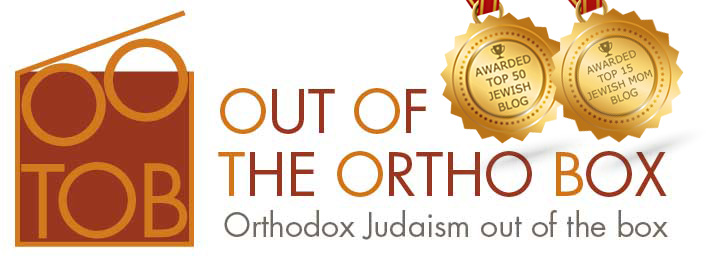One of the biggest mistakes people make about the “Orthodox” is that we’re all the same. Or all Hasidic. Or all Joseph Liebermans. Well, just like lots of other things in life, it’s all about a continuum. Points along the spectrum.
I will not attempt to speak for any of these groups, since I do not reside in all of them, but will instead offer very superficial distinctions between them. What I would love is to have members of these various groups speak for themselves, so if you identify as one of them, give me a holler and perhaps you would guest-blog for me. It may be anonymous, if you’d like.
For example:
1. The most intense form of Orthodoxy is Hasidism. Also called Chassidism. Chasidim wear special clothing that makes them immediately visible as such, and believe in a tremendous warmth and passion in Judaism as well as insularity – sheltering themselves from external influences and secular culture as much as possible. Many speak Yiddish as a first language. Here’s where you’ll find the fur hats, called “shtreimlach” and the curly sidelocks, called “peyos.”
2. Together with and separate from Hasidism is Chabad-Lubavitch. Chabad is a form of Hasidism, but their primary focus is outreach to fellow Jews to inspire them in Judaism, as opposed to insularity. Chabad is famous for stopping people on the street to perform a mitzvah such as laying tefilling or shaking a lulav and is incredibly idealistic, self-effacing, and devoted in their mission, even moving to far-flung areas such as (famously) Mumbai, Shanghai, or Chile to be there for fellow Jews searching for meaning, inspiration, or just a warm hello and some home-cooked kosher food.
3. We now arrive at the “yeshivish” community. They are easily spotted by the black hats, suits and white shirts at all occasions. More on the yeshivish community here.
4. The next group would be “regular” Orthodox. They don’t wear the black hats. They don’t only dress in “black-and-white” either. The guys might wear khakis, colored shirts, and jeans while in casual mode. The women are harder to distinguish from category #3. Good luck with that. Some people find themselves fluctuating between various groups, too, or living somewhere between. They may have a TV or allow moderate forms of secular culture in their homes and lives.
5. Modern Orthodoxy is a group that believes passionately in Religious Zionism, in embracing secular culture and being a part of the larger world for the purpose of creating a “kiddush Hashem” – showing the world that you can do both. Senator Lieberman, I believe, identifies as Modern Orthodox.
What do you say, readers? Would you agree with my breakdown? Offer your own? Have something to add or subtract? Would love to hear about it! Per the nature of my blog, if there is disparaging or rude comment made about another group, it will not be published.
